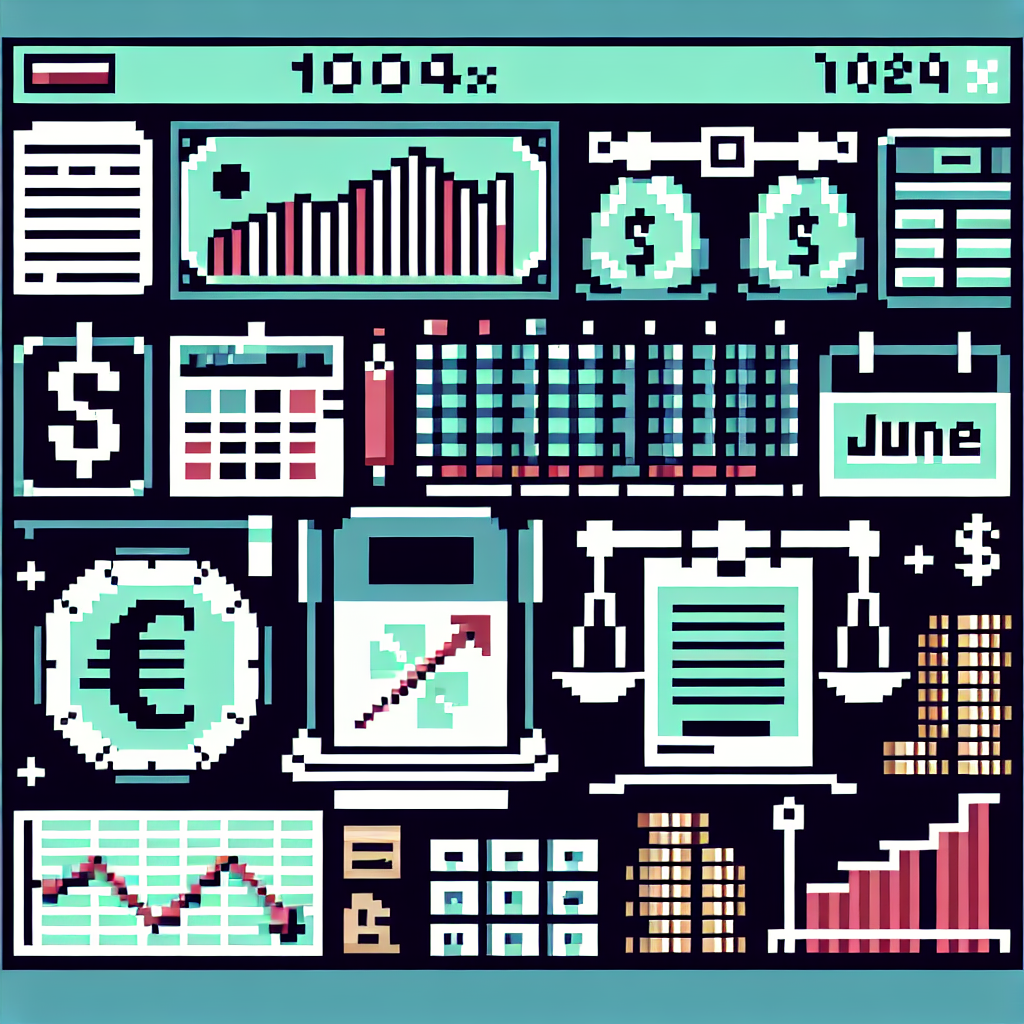Exclusive: Fed's Barkin says tariff price hikes could start by June - Axios | Analysis by Brian Moineau
Title: The Tariff Tango: Businesses Brace for a Bumpier Ride by June
In the latest salvo of economic commentary, Richmond Federal Reserve President Tom Barkin has sounded a note of caution regarding the potential impacts of tariff-induced price hikes on business activity. According to a report by Axios, Barkin highlights the growing uncertainty among businesses as they anticipate these increases, likely to take effect by June. But what does this mean for the average business owner or consumer? Let's dive in, with a touch of levity, to explore the broader implications.
The Tariff Tango
Imagine tariffs as a complex dance, where each step could lead to either smooth choreography or a tangled mess. As businesses anticipate the potential for tariff-induced price hikes, they find themselves grappling with uncertainty akin to deciding whether to lead or follow on the dance floor.
Tom Barkin, a seasoned economist and the current president of the Richmond Fed, is no stranger to the intricacies of the economic dance. With a background that includes roles at McKinsey & Company and Harvard Business School, Barkin brings a wealth of experience and insight to his observations on economic trends. His recent comments underscore the cautious atmosphere prevailing among businesses as they attempt to navigate these murky waters.
The Global Stage
This uncertainty is not just an isolated American phenomenon. Globally, businesses are facing similar challenges as they contend with trade tensions and economic shifts. For instance, the European Union has been grappling with its own set of tariffs, particularly in the wake of Brexit. Additionally, China's economic strategies continue to evolve, impacting global supply chains and trade dynamics.
As businesses worldwide attempt to adapt, the World Bank has noted a slowdown in global growth, partly attributed to trade tensions and tariff uncertainties. This global context adds another layer of complexity to Barkin's observations, highlighting the interconnected nature of today's economic landscape.
A Lighter Look at Business Resilience
Despite the challenges, businesses are no strangers to adaptation and resilience. Much like the nimble movements of a skilled dancer, companies have historically demonstrated an ability to pivot in response to changing conditions. From embracing digital transformation to exploring new markets, businesses are finding innovative ways to keep their balance amid the tariff tango.
Take, for example, the tech industry, which has seen companies like Apple and Microsoft successfully navigating supply chain disruptions by diversifying their manufacturing bases. Similarly, small businesses are leveraging e-commerce platforms to reach customers beyond traditional borders, cushioning the impact of potential price hikes.
Final Thoughts: Embracing the Dance
As we look ahead to June, businesses and consumers alike should prepare for the possibility of tariff-induced price hikes. But rather than dreading the uncertainty, perhaps it's time to embrace the dance. By staying informed, remaining adaptable, and fostering innovation, businesses can chart a course through the complexities of the economic landscape.
Tom Barkin's insights serve as a reminder that while the future may be uncertain, the spirit of resilience and adaptability can guide us through the most intricate steps of the tariff tango. So, lace up those dancing shoes, and let's navigate the economic dance floor with a sense of optimism and preparedness. After all, in the world of business, the show must go on.
Read more about AI in Business


